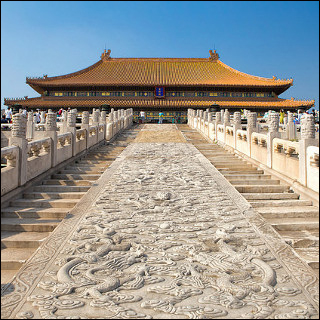Course Description
This course surveys the increasing interaction between communities, as the barrier of distance succumbed to both curiosity and new transport technologies. It explores Western Europe and the United States’ rise to world dominance, as well as the great divergence in material, political, and technological …
This course surveys the increasing interaction between communities, as the barrier of distance succumbed to both curiosity and new transport technologies. It explores Western Europe and the United States’ rise to world dominance, as well as the great divergence in material, political, and technological development between Western Europe and East Asia post–1750, and its impact on the rest of the world. It examines a series of evolving relationships, including human beings and their physical environment; religious and political systems; and sub-groups within communities, sorted by race, class, and gender. It introduces historical and other interpretive methodologies using both primary and secondary source materials.
Course Info
Instructors
Departments
Topics
Learning Resource Types
notes
Lecture Notes
assignment
Activity Assignments
assignment
Written Assignments

The Hall of Supreme Harmony (太和殿 Tài Hé Diàn) is the largest hall in the Forbidden City. Build in 1406, Ming Dynasty and Qing Dynasty Emperors used the hall to host important ceremonies, such as enthronements and weddings. (Photo courtesy of See-ming Lee on Flickr. CC BY.)










